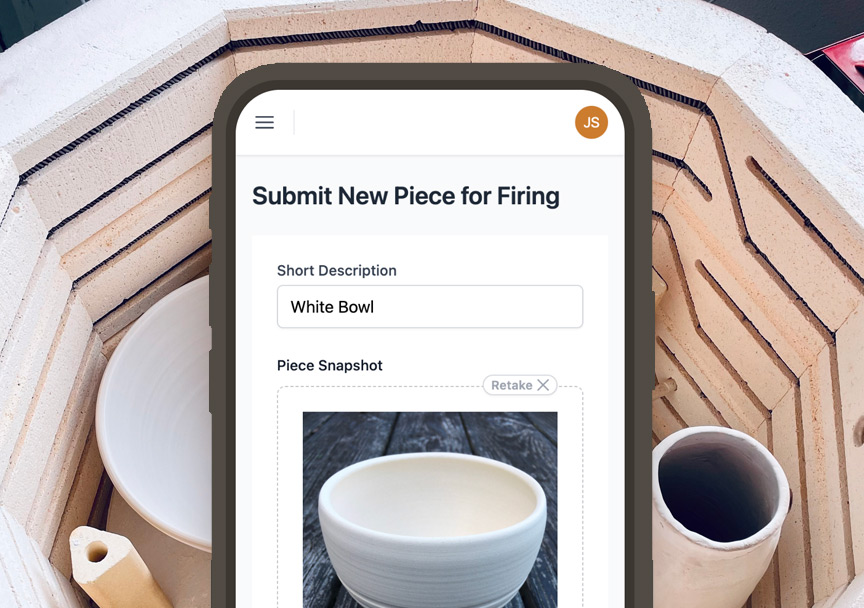Setting up a ceramics studio requires careful consideration of many factors, not least of which is the electrical power. Kilns, the heart of any ceramics studio, are power-hungry beasts. They, along with other pottery equipment, demand a significant amount of electricity. Ensuring you have sufficient capacity to run your studio safely is paramount.
While specific electrical guidelines can vary by location, we've compiled some general recommendations to help you navigate the power needs for your pottery studio.
Understanding Your Power Capacity
The power capacity you'll need depends largely on the size and focus of your studio. If you're setting up a teaching studio with small classes, aim for a 200 amp electrical service or higher. However, if you're planning a production studio with larger equipment, you might need a 400 amp service.
To determine your needs, calculate the total wattage of your kilns and other equipment. It's also a good idea to consult your local permit office. Some areas may require a heavy-up service for kilns.
The Importance of 240V Circuits
Kilns function best when wired on dedicated 240V circuits. If your studio will house 1-2 kilns, installing two 40 or 50-amp 240V circuits is ideal. Also, ensure your circuit breaker panels can accommodate multiple large 240V circuits.
Strategically Placing Your Outlets
The placement of outlets in your studio can greatly impact its functionality. Strategically place outlets around work areas for wheels, mixers, and other equipment. Ensure wheels have dedicated outlets spaced apart to prevent tripping breakers. Install outlets near sinks for trimmers and other wet area tools. To keep cords out of walking paths, consider placing outlets high up on walls.
Grounding & Bonding: Safety First
Proper grounding of your equipment is crucial to prevent electrocution risks. Bond kiln frames to earth ground with thick copper wire. For outlets near water sources, use ground fault circuit interrupters (GFCIs).
Lighting Up Your Studio
Design different lighting zones for work areas, office space, retail, etc. Ensure there's adequate task lighting at workstations. Where possible, install cost-efficient LED lighting.
Planning for Future Expansion
When it comes to electrical capacity, more is better. Install more capacity than you need initially. Consider putting in conduit and boxes for additional future circuits. This will make upgrades much simpler if you decide to expand your equipment later.
Consulting a qualified electrician during the planning stage is highly recommended. Remember to get permits for all electrical work. Investing in ample power from the start will save you from potential headaches down the line. After all, a well-powered studio is a well-functioning studio.


